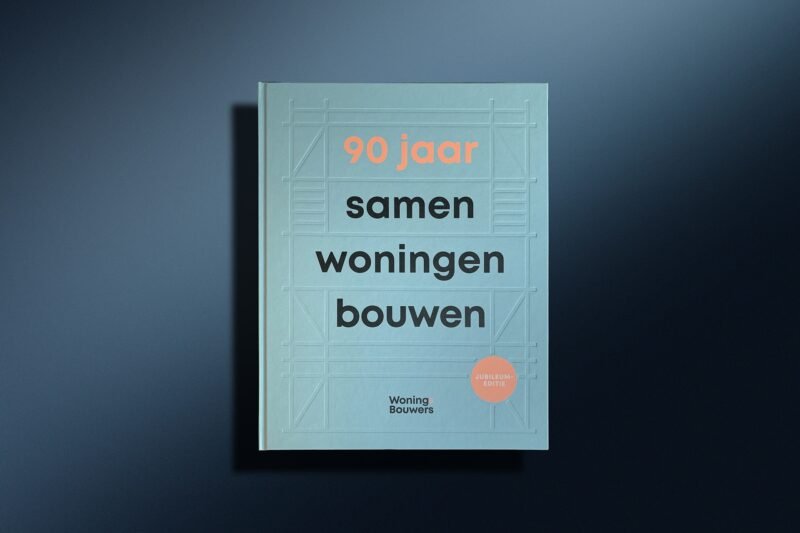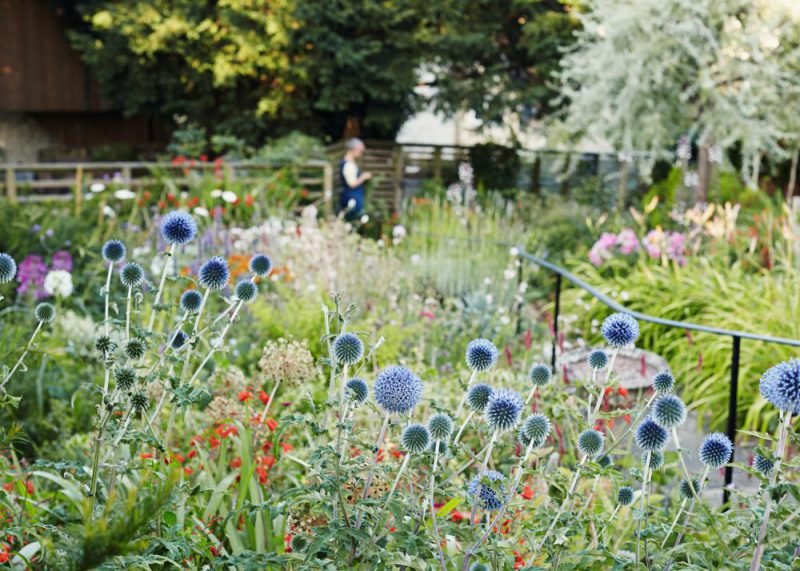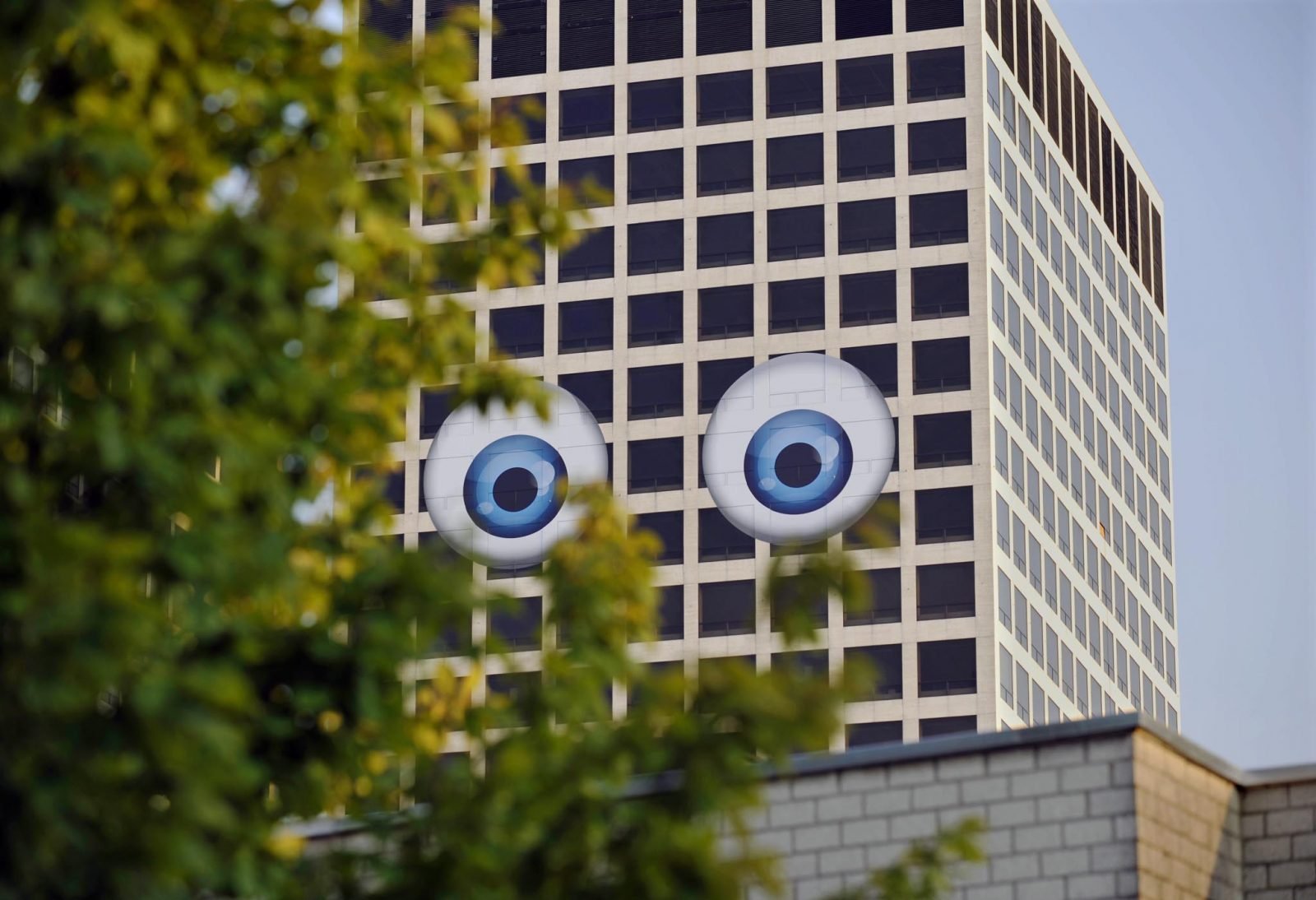“Thanks to Intensive Agriculture, There’s Still Room for Nature in the Netherlands”
Agriculture largely determines what the face of the Netherlands. About half of the total surface area of our country is agricultural land. Developments in agriculture determine the spatial future of the Netherlands. Petra Berkhout, researcher agricultural economics at Wageningen University & Research, thinks the Dutch should be happier with their agricultural sector.
We Shouldn’t Be Too Negative About Dutch Farmers
With a climate problem, nitrogen crisis, food transition and energy war, it is hard to stay calm. Agriculture in the Netherlands is under fire. Too much poison, too many exports, too many livestock and too much large-scale and intensive cultivation has damaged our landscape, nature and quality of life, is the common criticism. Is a transition in agriculture needed? According to Berkhout, we should not be too negative about the agriculture sector. “I graduated in 1989 and an incredible amount has changed in agriculture since then. The situation today and 30 years ago is incomparable. Regulations and the social debate on habitat and animal welfare are constantly causing changes. But crisis is a big word. A ‘transition’ is not needed at all. The innovative power is enormous, the agricultural sector is logistically incredibly well organised and there is a lot of focus on sustainability. We produce an awful lot of food in a small area and we are doing it better and better. That creates prosperity and food security. And that should not be taken lightly. Too few people see agriculture as an essential sector.”
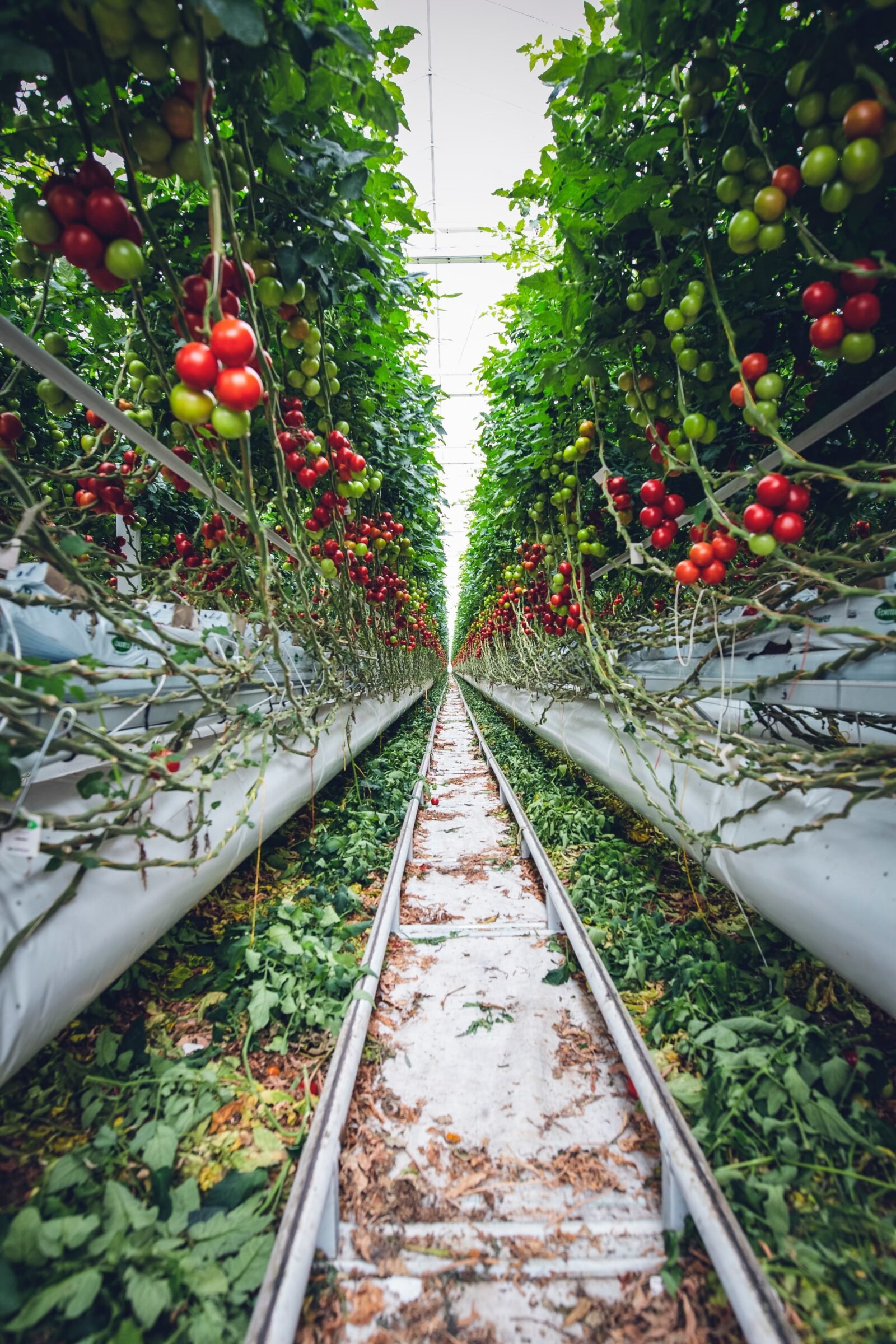
Agriculture Is an International Business
Berkhout is the last to deny that there are indeed problems in agriculture — around climate, water quality and nitrogen. “Of course there are. But it is good to realise that the nitrogen problem exists because there are so many of us on earth. With natural nitrogen (from organic matter, ed.) we could never feed them all. So in part it is a necessary evil. What we do need to do is use nitrogen much more efficiently and carefully to prevent losses and emissions. But even then, you will always have deposition. On a global level, we need to look not only at production, but also at consumption. We need to eat less animal protein. The Netherlands is a country with a lot of livestock and therefore a thick nitrogen blanket. It would be better to spread this over more countries. That means the livestock population in the Netherlands should definitely shrink,” Berkhout argues.
“We have to see agriculture as an international business. People often say, ‘We only produce for export.’ But we also import a lot. Things we like to eat like oranges, bananas, rice, quinoa, tea and coffee. Exporting is not a bad thing. But it has to be fair and within the rules. You can export as a country because you have natural advantages, because of climate or soil type, or because you have created advantages, such as a hub that allows you to produce cost-efficiently. That is fine. There are also improper advantages, such as making clothes with child labour. Those improper advantages also play out for the Netherlands. We exceed environmental limits and can therefore export more cheaply. We should definitely do something about that.”
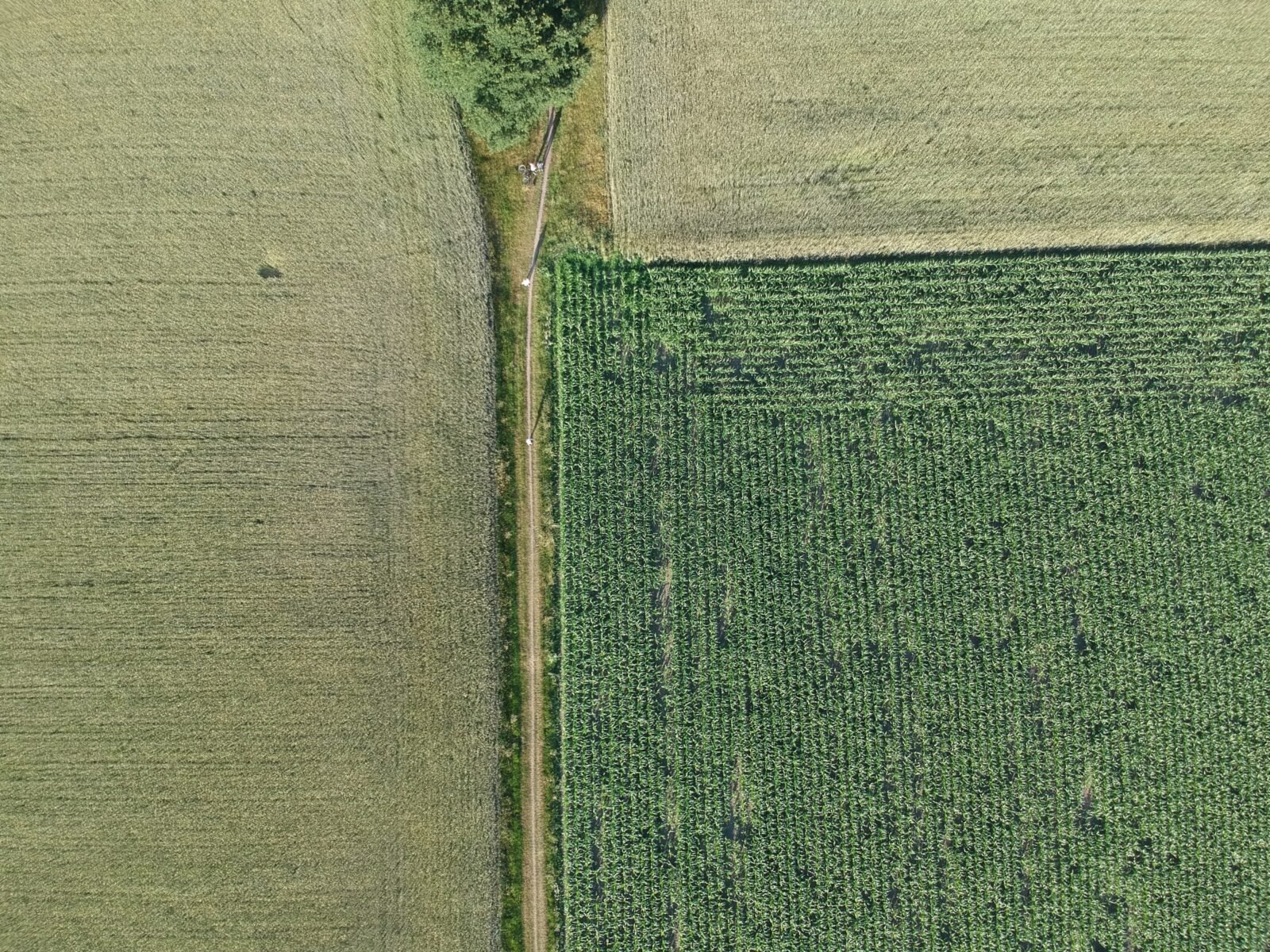
Growing as Much Food as Possible on as Little Land as Possible
According to Berkhout, the future of agriculture lies not predominantly in organic farming or new forms of extensive, local or alternative agriculture, but in so-called sustainable intensification. According to her, there are three major challenges for the agriculture sector: reducing greenhouse emissions, contributing to biodiversity and ensuring that no more space is needed for agriculture. The latter challenge is central to sustainable intensification. “By continuing to ensure that we get as much food as possible from as little land as possible, we keep space for nature and we don’t have to cut down the Amazon. That includes bringing down animal protein consumption substantially, at least in western countries. Efficient and intensive agriculture is what we in the Netherlands have been good at for years. For a very long time, we have been able to do that without negative effects. Now methods have to be adapted. We need to innovate ahead. There are plenty of innovations that can take care of that: precision agriculture where the amounts of fertiliser and pesticides are accurately calculated per plant, strip farming, nitrogen capture and new forms of breeding. Organic farming is not necessarily the solution, as it requires more space for the same amount of nutrients. That means more space is needed for agriculture. That there is still space for nature in the Netherlands is partly because of intensive agriculture.”
Despite confidence in further intensification of agriculture, Berkhout does not expect agriculture to take place on a large scale in urban vertical farms in the future. “Vertical farming is very energy-intensive. It does happen in countries like Saudi Arabia, but conditions there are very different. Greenhouse farming is more efficient and therefore more interesting for the time being. There is urban agriculture, for example on rooftops, but it carries little weight in terms of food production. Cultured meat based on stem cells, producing proteins for mass consumption in reactor vessels, is not something I can envisage yet, but it may well be that in fifty years’ time we will find it unimaginable that we ever ate meat from animals.”
“Farming without fertilisers isn’t possible with the current size of the world’s population“
Petra Berkhout
We’re Not Self-Sufficient, But Resilient
The main purpose of agriculture is food security. This is often thought of somewhat lightly, according to Berkhout. That our energy supply is suddenly coming under pressure also gives food production pause for thought. “We are not self-sufficient in food in the Netherlands and we don’t need to be. It is possible, we have calculated, but then we will go back to a medieval diet that in itself is healthy and nutritious, but which I don’t see people getting enthusiastic about. The vulnerability of the EU system lies with energy and fertilisers: nitrogen, phosphate and potassium. Every step from soil to plate requires energy: think production, processing, storage and distribution. What will we do when energy becomes really scarce? I sometimes worry about that. Cultivation will still be fine, but the rest of the chain will falter. The same applies to manure. Farming without animal manure or artificial fertilisers is not possible, because you always withdraw nutrients from the soil by harvesting. You have to supplement that. Important artificial fertilisers are now extracted in Morocco, China, Russia and Canada. You can also get these substances from human waste streams, i.e. from what we flush down the toilet. Agriculture that is less dependent on fertilisers is currently only possible if we close the cycle for these substances as well.”
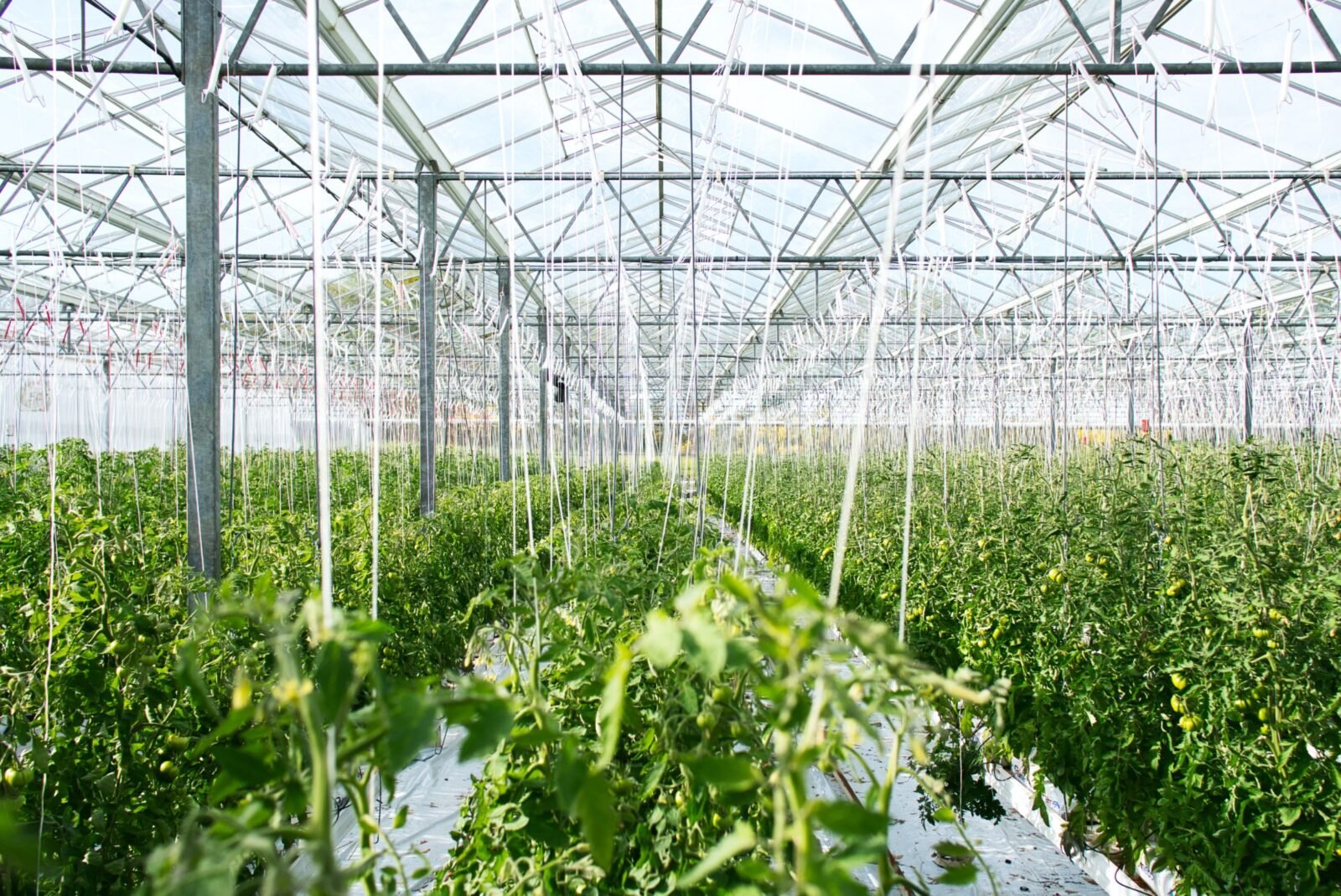
Nature and Agriculture: ‘Sharing’ or ‘Sparing’?
Nature management and agriculture seem seemingly aligned, but are constantly at odds, Berkhout says. “Agriculture is selecting in natural biodiversity for the purpose of producing a single crop, such as wheat, potatoes and lamb’s lettuce. Nature, on the other hand, is chaos, with lots of biodiversity, bacteria and fungi attacking crops. There is a difference of opinion in agriculture between ‘sharing’ and ‘sparing’. Organic farming claims that agriculture and nature go together — ‘sharing’, in other words. I am clearly more of the sparing variety. Pull it apart, if sustainable, and cultivate as much as possible to keep other land free for nature or other social interests. Incidentally, I do believe you can contribute to small biodiversity on arable or pasture land with flower strips along fields, ditches, wild verges and hedgerows that provide a green blue infrastructure. But these interventions remain marginal compared to a large main ecological structure, in which nature is protected. That does require a spatial planning policy in which such a main ecological structure is realised.”
Bio-Based Building Materials
There are increasing initiatives to use agriculture to locally produce raw materials for construction, such as insulation from cattail and elephant grass for the production of concrete. According to Berkhout, this can only become successful if the financial returns are comparable to potatoes and sugar beets. However, Berkhout says it is important to weigh the impact of these solutions integrally. “Cattail, for example, is capable of capturing CO2, but again it costs land. Only when you weigh the total environmental impact do you see whether it is a smart move to use biobased materials in construction.”
“Don’t build data centres on perfect agricultural land. That’s a total waste of space“
Petra Berkhout
Back to Good Spatial Planning
About one million homes need to be added in the Netherlands. Agricultural land is the first in the picture for this. This does not immediately encounter problems, according to Berkhout. But where is the best place to build? “Out of the total area of agricultural land, the demand for space from building is limited,” Berkhout says. “Annually 0.3% of the agricultural land goes to other functions. That’s a fraction of the total. Because of the demand for other functions and the relatively low yield of agriculture, the agricultural area in the Netherlands will only get smaller. That is a given. The social importance of housing is also great. But if you build, do not build on the best clay soil, but save it for agriculture. Look at Zeewolde: a data center has to be built there on perfect agricultural land. That is a waste. It also means not building on the lowest point in the Netherlands in the Zuidplaspolder or in vulnerable peat meadow areas. There you have to opt for nature development or very extensive agriculture.”
We need to return to good spatial planning in which these kinds of dilemmas and interests are weighed centrally, Berkhout concludes. “We have had good spatial planning in the Netherlands, but it has been up for grabs in recent decades. Provinces and municipalities now have to devise a regional energy strategy. That makes no sense at all. Energy transition requires choices at the national level.”

